-
![LANG-CODE-KEY]() LANG_NAME_KEY
LANG_NAME_KEY
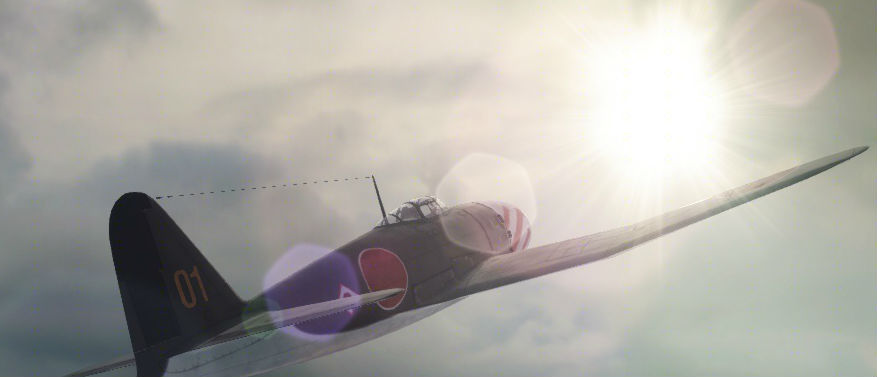
In the latest edition of History Spotlight, we head all the way out to Japan to take a look at the A7M – designed to be the successor to the phenomenally successful ‘Zero’.
The A6M Zero had been an incredibly successful plane for the Japanese. During the early 1940s it was considered to be the pinnacle of worldwide aircraft design. The light plane was fast and incredibly manoeuvrable, presenting a huge problem for the Allies who were just unable to keep up with it.
Over 10,000 Zeros were built and for several years they dominated the skies. In 1941, they led the Japanese attack on Pearl Harbour. The only way the Allies could cope was to develop new tactics to ensnare the Zeros with multiple planes.
However, the advantage of the Zero couldn’t last forever. The Allies soon began to develop new planes and ways to counter the deadly aircraft and as the war drew on, the mighty Zero was starting to look well past its time. The lack of armour protection for the pilot and the limited firepower were considered to be the main problems. Meanwhile, the new F6F Hellcats, F4U Corsairs, P-51 Mustangs and other notable aircraft were starting to appear and were presenting a genuine threat to the Japanese.
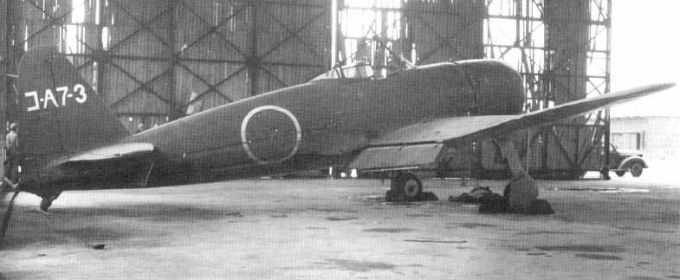 |
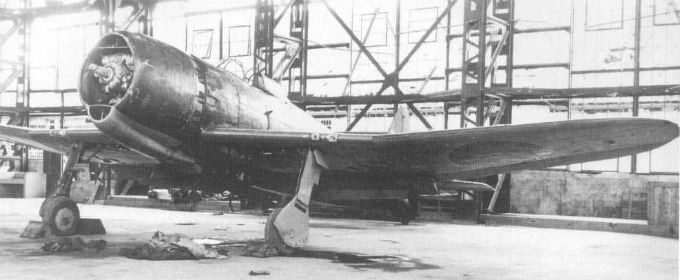 |
The Japanese were understandably keen to maintain their advantage, so they went into the workshops to develop a successor to the Zero that would allow them to retain their dominance of the skies. Even at the height of the Zero’s reign soon after its introduction in 1940, plans were already being drawn up for a successor.
Mitsubishi’s Chief Engineer, Jiro Horikoshi was put on the job. He had been the brains behind the A6M Zero and so was the obvious choice to design the next generation. Well aware of the Zero’s weaknesses, he immediately got to work on a design which would address them, focusing mainly on firepower, speed and armour protection. However, at the time there were no engines available with sufficient power for the task. In addition, the Mitsubishi designers were overloaded with work on other projects. As a result, the design work was slow, and was halted completely in January 1941 as other priorities emerged.
The design work really began in force in July 1942 when a formal specification for the new plane was submitted by the Imperial Navy. They wanted a carrier-based fighter capable of achieving speeds of 400mph (640km/h) and with a combination of cannons and guns for armament. It also had to have the superb manoeuvrability of the A6M Zero.
The new design was designated 17-shi, after the seventeenth year of the Emperor’s reign. It was also given the name Reppū, which means ‘Strong Gale’. Later on the Allies would give the plane the codename of ‘Sam’.
The main problem encountered by the designers was still finding a suitable engine. The designers had a choice of two which would meet the required power output of 1,999 hp – Mitsubishi’s own Ha-43 and the Nakajima NK9 (Homare). The Ha-43 offered more power, but the Nakajima engine had already been approved for use by the Imperial Navy. There were also issues with wing loading when using the Ha-43 – after all, larger engines are heavier!
As a result, the decision was made to use the Nakajima NK9 despite worries that it might not be powerful enough. Three prototypes were built and were designated A7M1. The first flight was in May 1944. However, the worst fears about the engine choice were realised – whilst the handling and manoeuvrability of the new plane were excellent, the top speed wasn’t any greater than that of the A6M5 Zero. The Imperial Navy lost interest and cancelled the project.
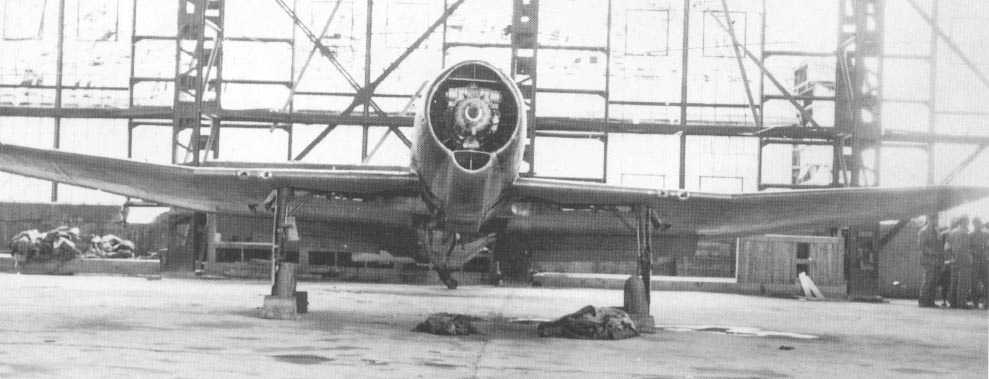
Most would have given up and moved onto other work at this point, but Jiro Horikoshi wasn’t the type to give up. Mitsubishi decided to keep working on the plane, this time fitting it with the previously rejected Ha-43 engine. The new version was designated A7M2.
The results were very successful. The new design was able to reach a top speed of 390 mph (628 km/h), with climb, manoeuvrability and other areas of performance surpassing even the Zero.
This encouraged the Navy to take another look, and the project was reactivated. Five prototypes were built and after successful testing, plans were made for production. Meanwhile, a version with a supercharged Ha-43 engine was proposed for land-based operations.
With the production lines all retooled and ready for extensive manufacture, what could possibly go wrong?
A large earthquake struck the Nagoya region on 7th December 1944. This event began to be known as Tonankai-jishin, heavily damaging the factories of both Nakajima and Mitsubishi. 200 people were killed in the factories alone, including 64 student volunteers. The disaster was covered up by the Japanese authorities in an attempt to keep it secret from the US and their allies. However, the news could not stay secret for long.
This event, combined with Allied bombings and looming defeat in the war was the death knell for aircraft design and manufacture in Japan and the industry never recovered. After the war, the Japanese turned their skills to automotive design instead.
As for the A7M – no more were ever built. The eight prototypes that had already been produced were all that were left to show for the project, and they never saw action.
Sadly, whilst three prototypes are known to have survived the war, none are still around today. The three photographs on this page are the only known ones to exist.
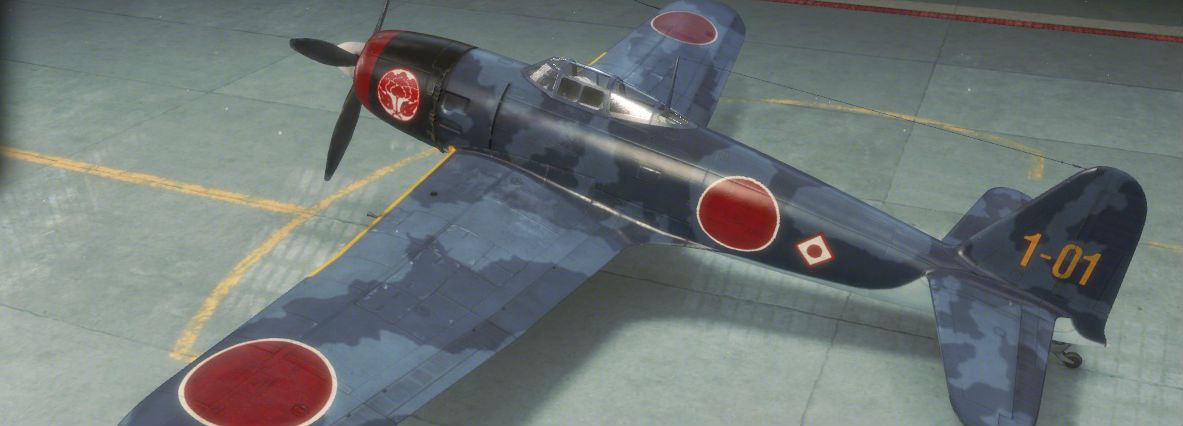
In the game, this plane is a tier VII carrier-based aircraft in the Japanese Tech Tree.
As soon as you get into the cockpit, you should feel right at home. As one might expect from a place designed to be an improvement on the A6M, it feels very much like its predecessor, just with more speed and weapons!
There are several configurations available, most notably for the engine. As in real life you can progress from the somewhat lacking NK9 engine to the much better MK9 (Na-43) engine, and you should notice the difference as soon as you switch!
The weaponry selection consists of machine guns and an effective autocannon. You can also choose to mount a pair of bombs for ground target destruction.
Time to get out there, pilots. Don’t let something like an earthquake get in the way of your domination of the skies!